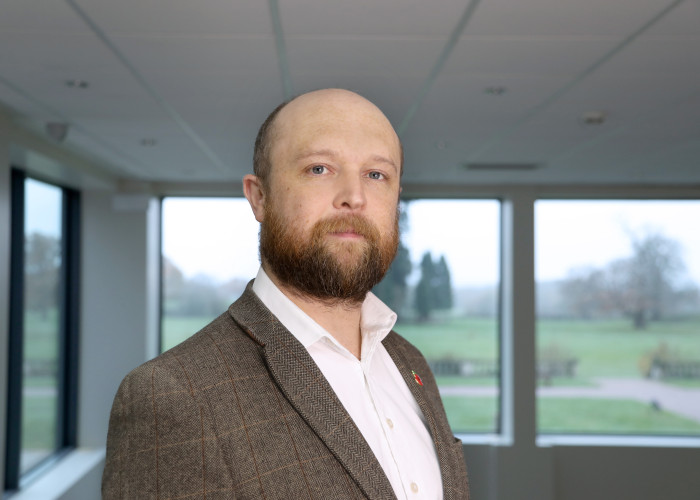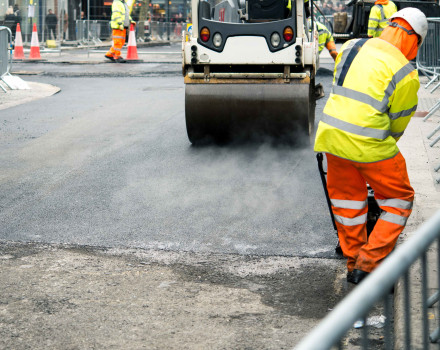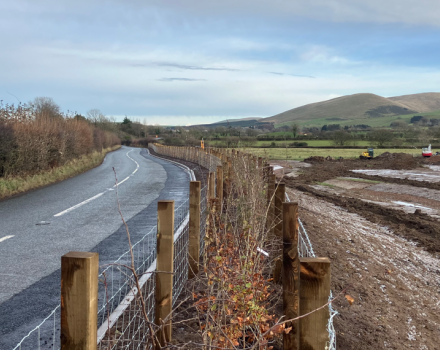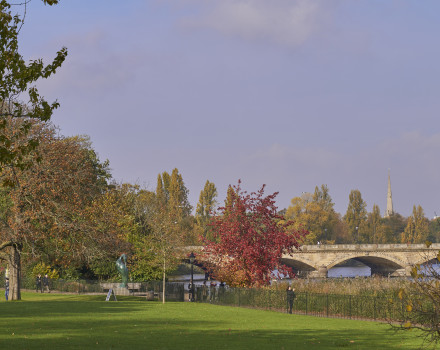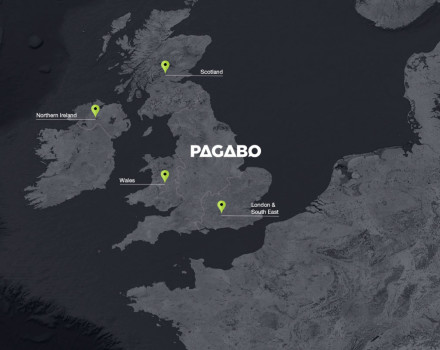What does your role involve?
As a principal engineer, it’s my job to manage all the deliverables on a project, ensuring that we’re doing everything we’ve been asked for, on time and to expected standards. Working in highways means I’m talking about things such as pavements, alignments, gradients and widths, and the design parameters these are based on, such as CBR, design speed, sight stopping distances and transition curves. But it doesn’t stop at this, inter-disciplinary coordination is an essential part of any construction project so I’m always liaising with the transport, signals, landscape, lighting and geotechnical teams. Day-to-day, I spend my time on calls with clients and design teams, keeping an eye on project spend, preparing project briefs, and going onto site.
Like most consultancies, there’s also a focus on the business development side of things. Each project we deliver adds another layer of depth to our experience and it’s this skill and quality that’ll hopefully turn into repeat work. I enjoy working with the team on bids – we have a lot of good experience to draw from having delivered across a range of genuinely diverse sectors.
What changes are impacting the highways industry currently?
As with all industries, we’re experiencing really rapid advances in technology. The opportunities for artificial intelligence, for example, are huge and I’ve recently seen it used to complete traffic surveys such as junction turning counts, helping engineers like us to drive efficiencies in our projects.
Another one is BIM, whilst this one isn’t new, we’ve been using it for some time now, it’s another really powerful tool. It means that teams across the various design and engineering disciplines can collaborate using one central model, allowing for things like clash detection, which in turn can provide considerable time and cost savings for the client.
We’re in a period where everything’s changing so quickly, driven by the climate crisis and rapidly emerging technologies. Cycling is a hot topic, with increased funding for cycle schemes as well as a focus on cycle infrastructure. This means there’s a need for highways engineers to stay up to date on the latest developments and be familiar with the latest standards, such as LTN1/20. Another big change is the electrification of vehicles, which gives us really exciting opportunities for innovation as engineers as we’re being tasked with delivering a first-of-a-kind charging infrastructure and upgrading existing power networks to ensure energy supplies. This work will last for decades, it’s a big responsibility and one that we need to get right.
Any advice for those looking to get into the industry?
Go for it! The opportunities are there and they’re really diverse. It’s not a one-role industry, you can have a variety of different careers in highways, from engineering to project management or business development, there’s something for everyone.
It’s a busy and fast-moving industry where things are constantly changing. In fact, I’d say the only constant is change! Across your career, you’ll likely witness a total transformation of how projects are delivered, the technology used, and the way they’re resourced. New technologies often mean adopting a whole new skillset, so keep your training up, stay agile and embrace change and you’ll love it.
